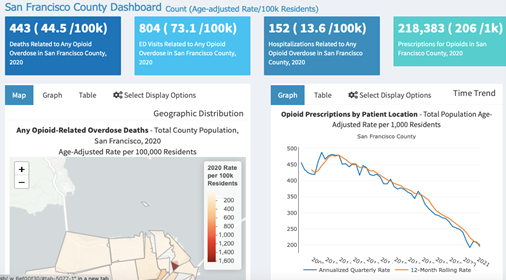Last week the San Francisco Police Department issued its crime statistics report for 2021 also known as COMPSTAT. Modeled on the FBI’s Uniform Crime Report (UCR) and divided into two parts graded by seriousness they give us a picture of reported crime in the City of San Francisco. Unlike the UCR, COMPSTAT doesn’t report crime rates which are useful when comparing political entities of differing size. Instead COMPSTAT tells us how many crimes were reported.
TOTAL REPORTED VICTIMIZATION IS UP
There are encouraging signs, such as 36 fewer vehicle thefts, 316 fewer burglaries, 156 fewer robberies to name a few. However, the total number of crimes reported in San Francisco are up. Most alarming is that homicides are at 56, up from 48 the year before – a rate consistent with California’s highest crime cities. Assaults are up 201 from 2184 in 2020 to 2385 in 2021. January 2022 isn’t complete but preliminary figures indicate no significant improvement.
Total reported victimizations in San Francisco are up 12.2% from 44,550 in 2020 to 50,004 in 2021.

TOTAL FATAL DRUG OVERDOSES ARE TRENDING UP
In 2020 San Francisco County had a State leading high fatal overdose rate of 44.5/100,000 population making it, by far, the deadliest County in California in terms of drug deaths. Nearly all of those 443 deaths are occurring in one neighborhood – the Tenderloin – where nearly two people die per day of a fatal overdoses. Preliminary 2021 fatal overdose numbers are not improving. These numbers are not reflected in either the UCR or COMPSTAT because, like suicide, it is not a crime in and of itself unless it can be proven that the person(s) providing the drugs did so with some form of criminal intent or gross negligence.

California District Attorney’s rarely charge drug dealers for causing the death of their victims with the exception of Santa Clara County which has done so twice. In the most recent case the suspect is 16 years old and the suspect was 18 in the other, which brings into consideration the exploitation of juveniles by criminal organizations and street gangs. This is something made harder to investigate and prosecute by recent California criminal justice reforms.
San Francisco Police are reporting repeat arrests of the same dealers and that the period of Incarceration for San Francisco drug dealers is just 18 days. For their victims it is, of course, a sentence of death. And yet, District Attorney Chesa Boudin seems more interested in the effects of Covid on inmates only 246 of whom have died statewide since the outbreak while nearly 80,000 Californians have died. On December 17, 2021 Mayor Breed, over the objection of District Attorney Chesa Boudin, has declared a civic emergency in the Tenderloin.
VICTMIZATION RUNS MUCH HIGHER THAN REPORTED CRIME
The flaw in either the UCR or COMPSAT reports are that these are offenses known to law enforcement. The difference between actual victimization and reported victimization is the so-called “dark figure.” What is known about victimization is that it runs much higher than reported crime. Based on the National Crime Victimization Survey – 54% of all crime is not reported to the police. This figure is higher for violent crime and lower for property crimes. In some cases it is policy for retailers not to report crime due to liability and cost of prosecution. In others its frustration over a perception that the system does not work. Reducing the “dark figure” and encouraging participation in the criminal justice system has been shown to reduce victimization and should be a goal of policy makers. It will also result in a more accurate picture of crime in America.
MASS VICTIMIZATION
Critics of the criminal justice system like Mr. Boudin, often complain of America’s “mass incarceration” problem. He recently Tweeted that his father had been released from prison after serving a 40 year sentence for his part in the murder of three men. Certainly, there are compelling examples of injustice, wrongful conviction, racial bias, and inordinately long sentences for nonviolent offenders. And those wrongs should be corrected.
Still nationally 8.9 million crimes were reported in 2020 and millions more unreported. Billions of dollars are lost to thieves and fraudsters. Counted and uncounted innocent lives are affected. And it’s not their fault – at all. Politicians and justice officials should remember and consider this when developing legislation and policy.
Steve Smith is a senior fellow with the Center for Urban Renewal at the Pacific Research Institute.

